The undulating deck of the Maritime Youth Center located in Amager Strand in Copenhagen invites rolling, climbing and exploration of the sloped surfaces. Credit: Jordan Lewis
A sign declaring, “Please Don’t Touch” sits in front of an indestructible 12 meter tall steel sculpture in Seattle’s Olympic Sculpture Park. Oblivious to the warnings, kids run up to play on the massive red steel structure until, inevitably, someone points to the sign instructing them not to touch the artwork.
This sign, and other familiar signs such as “Please Don’t Walk on the Grass” characterize a common understanding of the urban landscape and its features as something to visually admire from a distance rather than interact with. While play and physical interaction with our surroundings is an intuitive social behavior, playful uses of the urban landscape and its features are often regarded as an illegitimate use of city space.
Over the last five months, I have had the opportunity to travel from my hometown of Seattle for an internship at Gehl Architects’ office in Copenhagen. In the projects that Gehl does, and in a number of public spaces and buildings I have visited in Scandinavia, I’ve seen ways in which designers, artists and city inhabitants are challenging this traditional view of urban space as something to be passively observed from a distance.
A financial plaza at the SBC bank headquarters in Copenhagen is designed for many users, including skaters who find new challenges on a series of sloping concrete ramps. Credit: Gehl Architects
A trampoline along Copenhagen´s waterfront invites many users to test their own limits, as well as spectators to watch. Credit: Kei-Sing Yiu
A sculpture by Robert Jacobsen in Denmark doubles as a fun place to hang out. Credit: Jan Kronvold, “Robert Jacobsen Sculpture, Odense”.
These are a few examples that show that play does not need to be limited to spaces designated as such, but many features of the urban landscape can be designed and thought of as playscapes.
Published in Blog



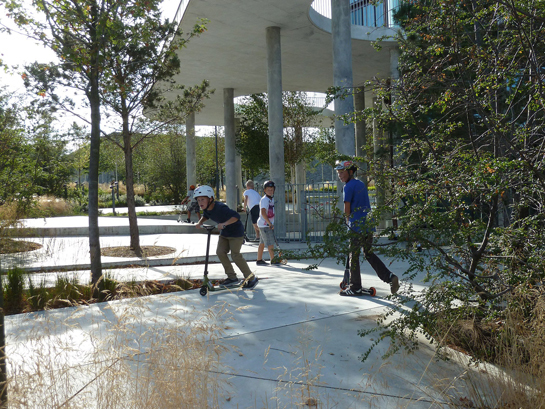
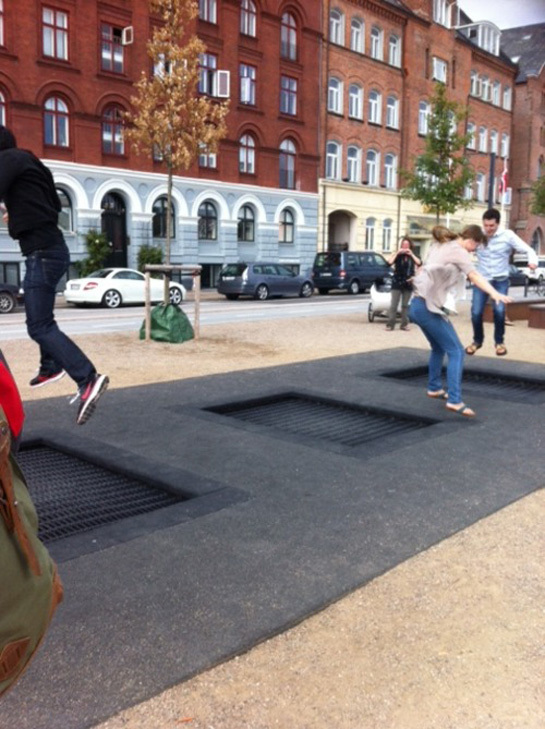

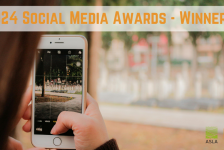

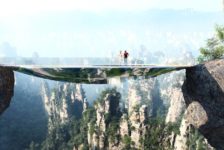
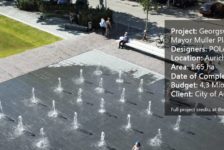
![From Bagels to Sea Level Rise: Landscape Architects Adapt to Climate Change [Podcast]](https://land8.com/wp-content/uploads/2017/12/171021-081734-NNT-8843-XL-224x150.jpg)

